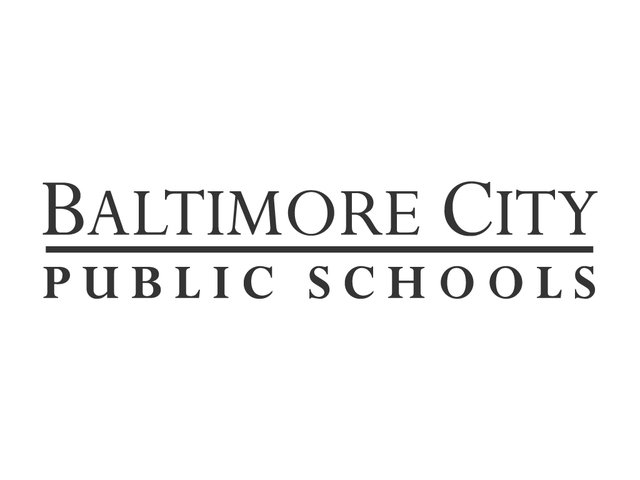
Baltimore City plans to bring students back for classes at 44 schools, some five days a week.
The Baltimore City school system will open 44 schools by mid-November to small groups of students having difficulty learning online, the first school district in the Baltimore area that is
The Baltimore City school system will open 44 schools by mid-November to small groups of students having difficulty learning online, the first school district in the Baltimore area that is planning to bring at least some students back for classes five days a week.
The city’s first reopening for in-person instruction by teachers will allow some students at about one-quarter of the city’s schools.
